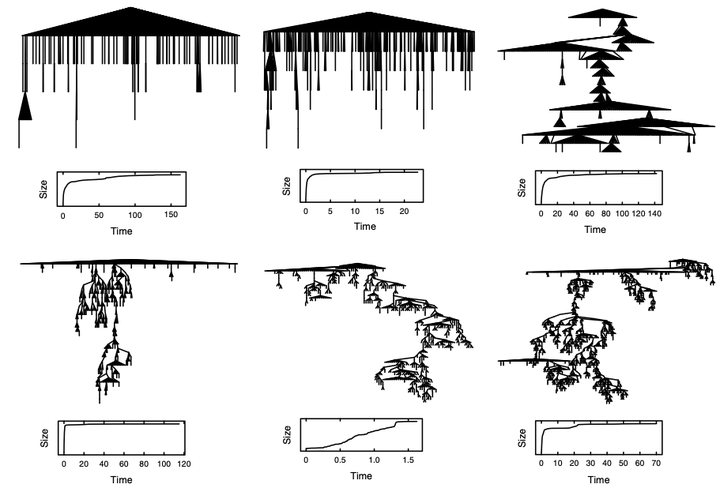The structural virality of online diffusion

Abstract
Viral products and ideas are intuitively understood to grow through a person-to-person diffusion process analogous to the spread of an infectious disease; however, until recently it has been prohibitively difficult to directly observe purportedly viral events, and thus to rigorously quantify or characterize their structural properties. Here we propose a formal measure of what we label “structural virality” that interpolates between two conceptual extremes: content that gains its popularity through a single, large broadcast and that which grows through multiple generations with any one individual directly responsible for only a fraction of the total adoption. We use this notion of structural virality to analyze a unique data set of a billion diffusion events on Twitter, including the propagation of news stories, videos, images, and petitions. We find that across all domains and all sizes of events, online diffusion is characterized by surprising structural diversity; that is, popular events regularly grow via both broadcast and viral mechanisms, as well as essentially all conceivable combinations of the two. Nevertheless, we find that structural virality is typically low, and remains so independent of size, suggesting that popularity is largely driven by the size of the largest broadcast. Finally, we attempt to replicate these findings with a model of contagion characterized by a low infection rate spreading on a scale-free network. We find that although several of our empirical findings are consistent with such a model, it fails to replicate the observed diversity of structural virality, thereby suggesting new directions for future modeling efforts.